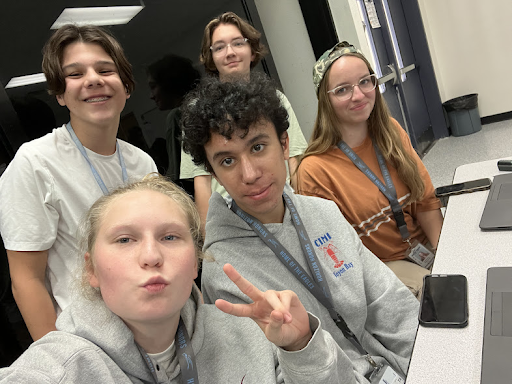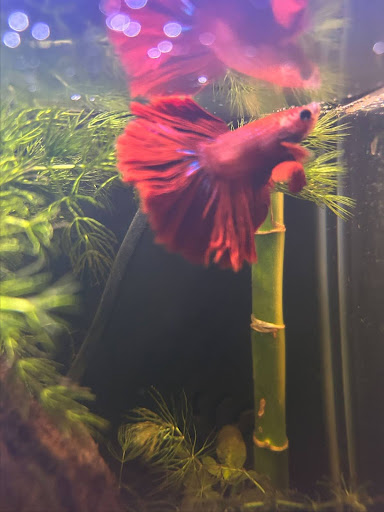Robots to the Rescue
April 6, 2018
When a natural disaster hits, we need people to help find lost victims, but this process is risky due to falling buildings, heat, and tight spaces. If only there was something small enough that could go in and help save the day…
Luckily, there is an invention to help relief services. Small, cockroach-like robots have been created, as NBC says, that can go places that are too dangerous or too small for humans to fit. They say that cockroaches can withstand 900 times their own body weight without getting hurt. The robots can be mounted with cameras and sensors to help them find victims that are trapped in small spaces. They have the strength and speed to complete their mission and adapt to each situation. The only problem would be the cost.
NBC says that, in 2016, the cockroach robots cost up to $100, but once production problems have been hammered out and mass production begins, it would cost as little as ten dollars. The Washington Post explains, in 2011, that they have multiple robots that are a variety of prices. The small ground robots cost $50K plus, the shoe-box sized robots cost just over $50K, caterpillar robots that are purchased from the Japanese cost up to $100K, and the larger robots, the HazMat, cost up to $150K. The Washington Post says, “small aerial vehicles (bigger version of those ParrotDrones you see in the mall) run $50-100K.” The marine, waterproof, robots have specialized sonars and can cost up to hundreds of thousands of dollars.
The Washington Post says that the robots won’t replace humans or search dogs, but they will help them. For instance, the dogs might find a victim they are unable to reach, so the robots can use their cameras to find out what they are stuck under or blocked by, and then the rescuers can assist them more easily and at a faster rate. Time is critical at the Center for Robot-Assisted Search and Rescue (CRASCAR), and CNN explains that first responders should have a portfolio of land, sea, and air robots. CNN also explains that the robots were even used in Hurricane Katrina back in 2005 and were a crucial component in communication between first responders and the survivors.
Although people fear the future of technology overcoming our lives, these robots can prove them wrong with their life-saving abilities. These rescue robots save many in natural disasters such as tornadoes, hurricanes, earthquakes, and fires. They may be expensive, but as technology grows and the usage of these robots increases the cost will most likely lower. As said before, these robots are prepared to go into crumbled buildings and find trapped victims for the first responders to rescue from these natural disasters.








